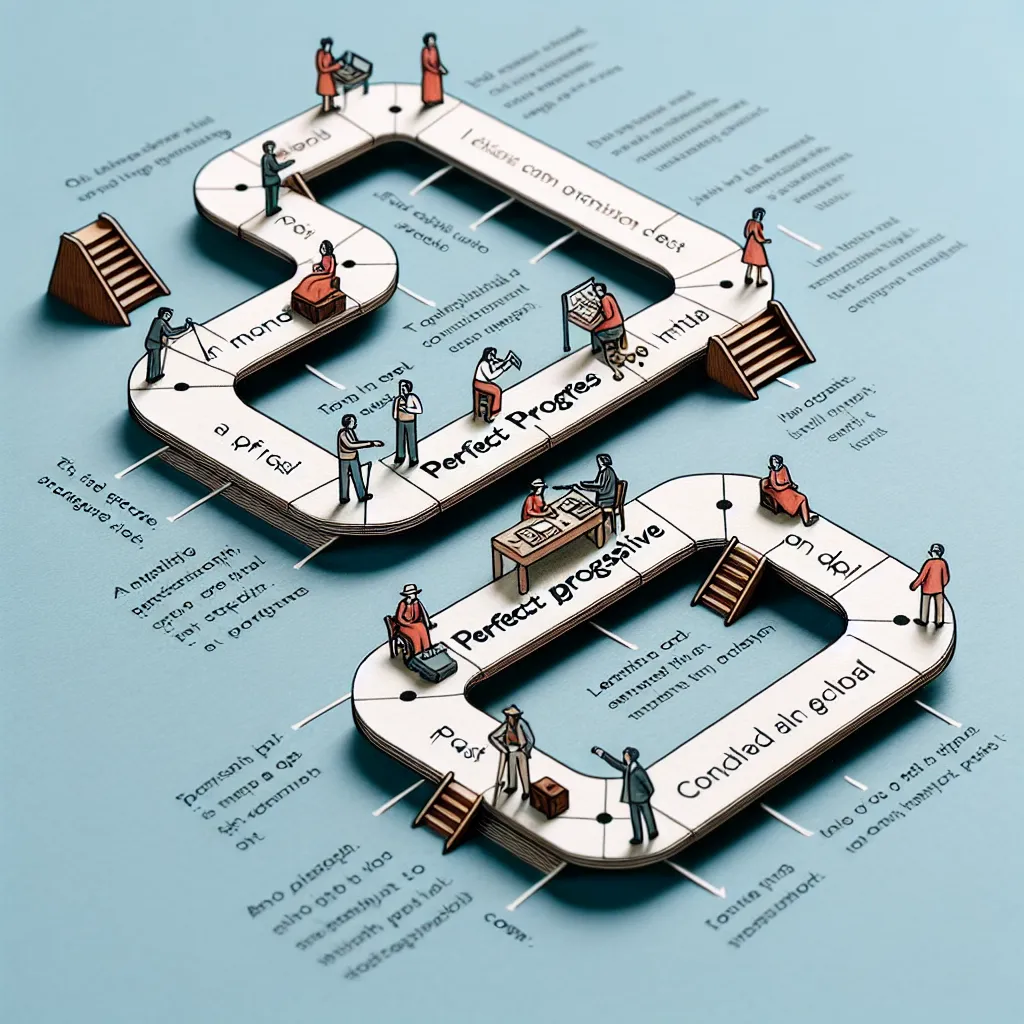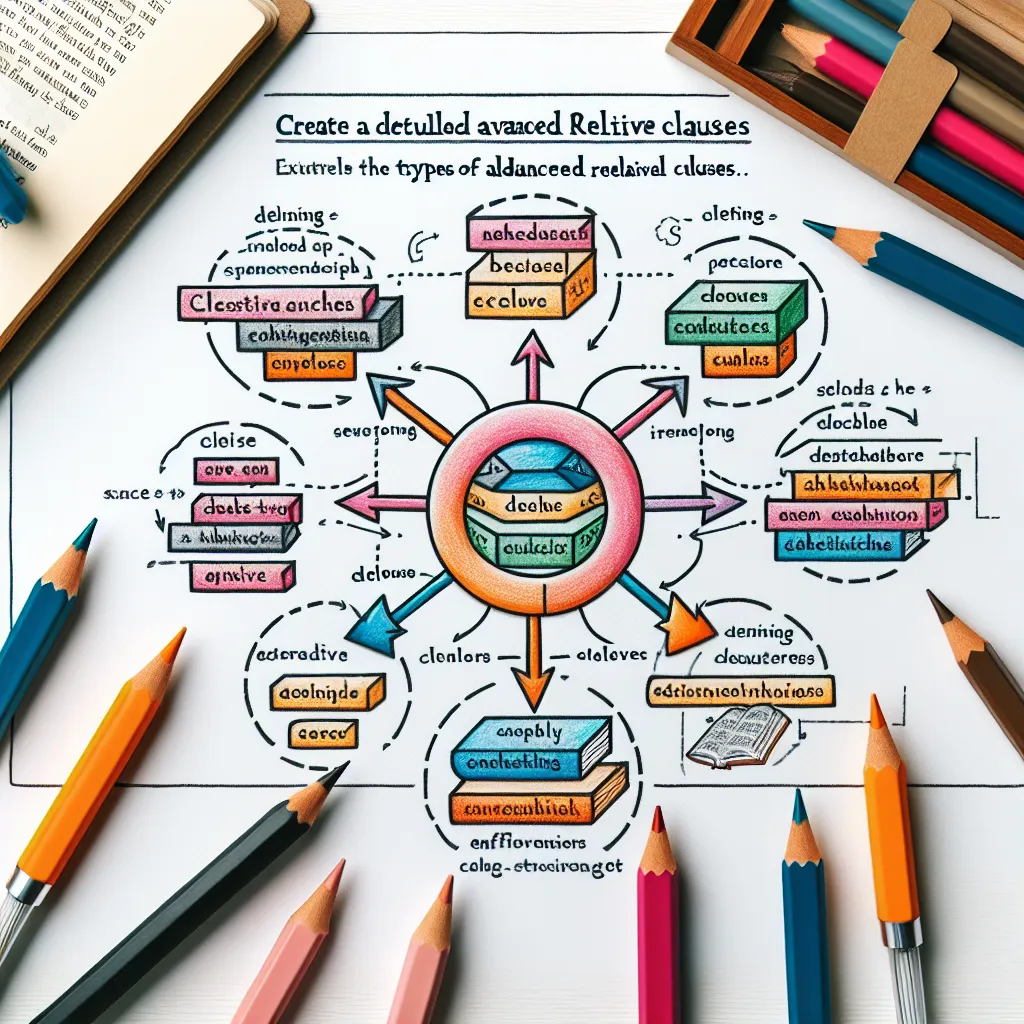Modal verbs are essential components of the English language, allowing speakers and writers to express various degrees of possibility, necessity, and obligation. Advanced modal constructions take this concept further, providing nuanced ways to convey complex ideas in writing. This article will guide you through the intricacies of using advanced modal constructions effectively in your written work.
Understanding Advanced Modal Constructions
Advanced modal constructions go beyond the basic use of modal verbs like ‘can’, ‘should’, or ‘must’. They involve combining modal verbs with other verb forms to create more sophisticated expressions of likelihood, ability, or obligation. These constructions are particularly useful in academic, professional, and creative writing, where precision and nuance are highly valued.
 Advanced modal constructions in English
Advanced modal constructions in English
The Importance of Advanced Modals in Writing
Mastering advanced modal constructions can significantly enhance your writing by:
- Adding precision to your statements
- Expressing complex ideas more clearly
- Conveying subtle shades of meaning
- Demonstrating a high level of language proficiency
For instance, instead of simply saying “You should have done it,” you could use an advanced modal construction like “You ought to have been doing it,” which implies a continuous action and a stronger sense of obligation.
Types of Advanced Modal Constructions
Let’s explore some common types of advanced modal constructions and how to use them effectively in your writing.
1. Perfect Modal Constructions
Perfect modal constructions are used to express ideas about the past, often with a sense of regret or criticism.
Structure: Modal + have + past participle
Examples:
- “She should have studied harder for the exam.”
- “They might have won if they had played better.”
Usage tip: These constructions are excellent for discussing hypothetical past situations or expressing regret.
2. Progressive Modal Constructions
Progressive modal constructions combine modals with the continuous aspect to talk about ongoing actions or states.
Structure: Modal + be + present participle
Examples:
- “They must be working on the project right now.”
- “He could be arriving at any moment.”
Usage tip: Use these to speculate about current ongoing actions or near-future events.
3. Perfect Progressive Modal Constructions
These combine elements of both perfect and progressive constructions to talk about continuous actions in the past up to a certain point.
Structure: Modal + have been + present participle
Examples:
- “She must have been studying all night.”
- “They should have been preparing for this meeting for weeks.”
Usage tip: These are particularly useful for emphasizing the duration or continuity of past actions.
 Perfect progressive modal constructions
Perfect progressive modal constructions
4. Double Modal Constructions
While not standard in formal English, double modals are used in some dialects and can add interesting nuances to your writing, especially in dialogue.
Structure: Modal + modal
Examples:
- “I might could help you with that.”
- “You may should consider a different approach.”
Usage tip: Use these sparingly and primarily in creative writing to capture regional dialects or informal speech patterns.
Applying Advanced Modal Constructions in Different Writing Contexts
Understanding when and how to use these constructions can greatly improve your writing across various genres and contexts.
Academic Writing
In academic writing, advanced modal constructions can help you express ideas with precision and caution:
- “The results might have been affected by external factors.”
- “Future research should be focusing on long-term effects.”
Business Writing
For professional communications, these constructions can convey politeness and diplomacy:
- “We would have been happy to accommodate your request if we had received more notice.”
- “The team must have been working overtime to meet the deadline.”
Creative Writing
In creative contexts, advanced modals can add depth to character thoughts and dialogue:
- “She wondered if she might have been too harsh in her criticism.”
- “He felt he ought to have been doing more to help his community.”
Common Mistakes and How to Avoid Them
When using advanced modal constructions, be aware of these common pitfalls:
-
Overuse: Don’t use these constructions in every sentence. They’re most effective when used sparingly for emphasis.
-
Incorrect formation: Ensure you’re using the correct verb forms. For example, “She might studying” is incorrect; it should be “She might be studying.”
-
Mismatched tenses: Be consistent with your time references. “He must have been arriving yesterday” is incorrect because ‘must have been’ implies a past continuous action, which conflicts with the specific time ‘yesterday’.
-
Confusing similar constructions: Be clear about the difference between constructions like “could have done” (past possibility) and “could be doing” (present speculation).
Exercises to Improve Your Use of Advanced Modal Constructions
To master these constructions, practice is key. Try these exercises:
-
Rewrite simple sentences using advanced modal constructions.
Example: “I didn’t study.” → “I should have been studying.” -
Create short paragraphs using different types of advanced modal constructions.
-
Analyze texts from various sources, identifying advanced modal constructions and discussing their effect.
-
Write a short story or essay deliberately incorporating a range of these constructions.
For more practice and in-depth explanations, you might find our article on advanced grammar for business English helpful.
Conclusion
Advanced modal constructions are powerful tools that can significantly enhance your writing skills. By mastering these nuanced expressions, you can convey complex ideas with greater precision and sophistication. Remember, the key to effective use is practice and context-awareness. As you continue to develop your writing skills, you’ll find these constructions becoming an integral part of your linguistic toolkit.
For further insights on this topic, check out our guide on mastering the use of modals in English. Keep practicing, and soon you’ll be using advanced modal constructions with confidence and finesse in all your writing endeavors.




